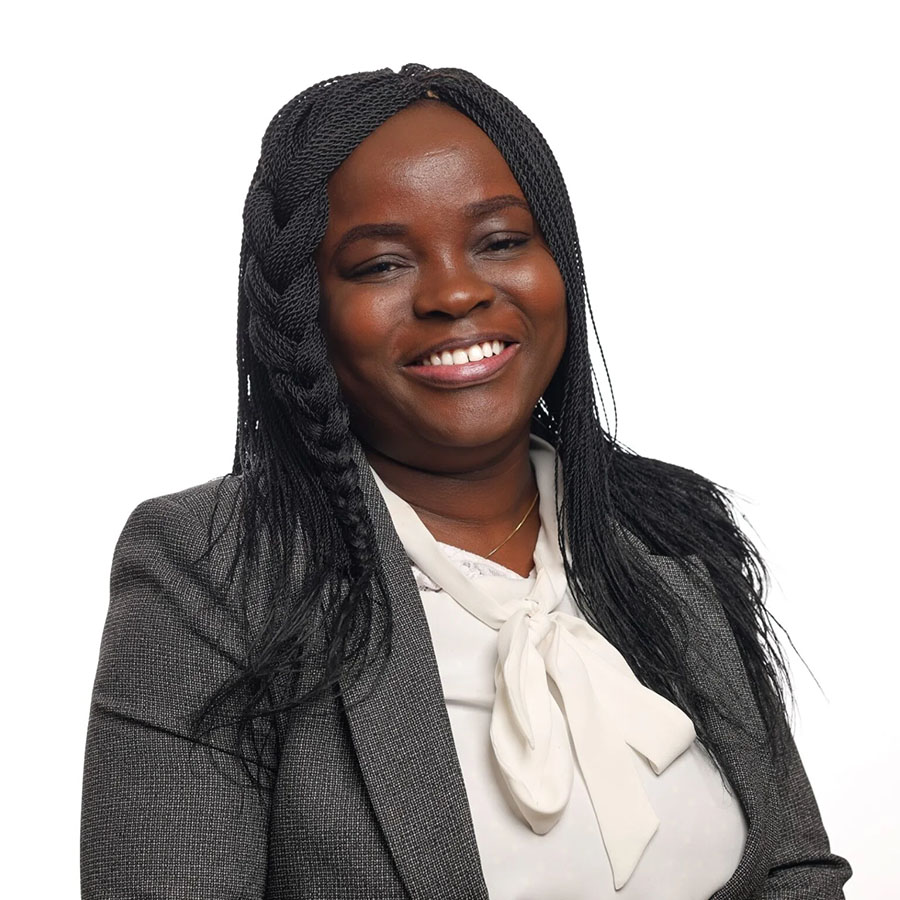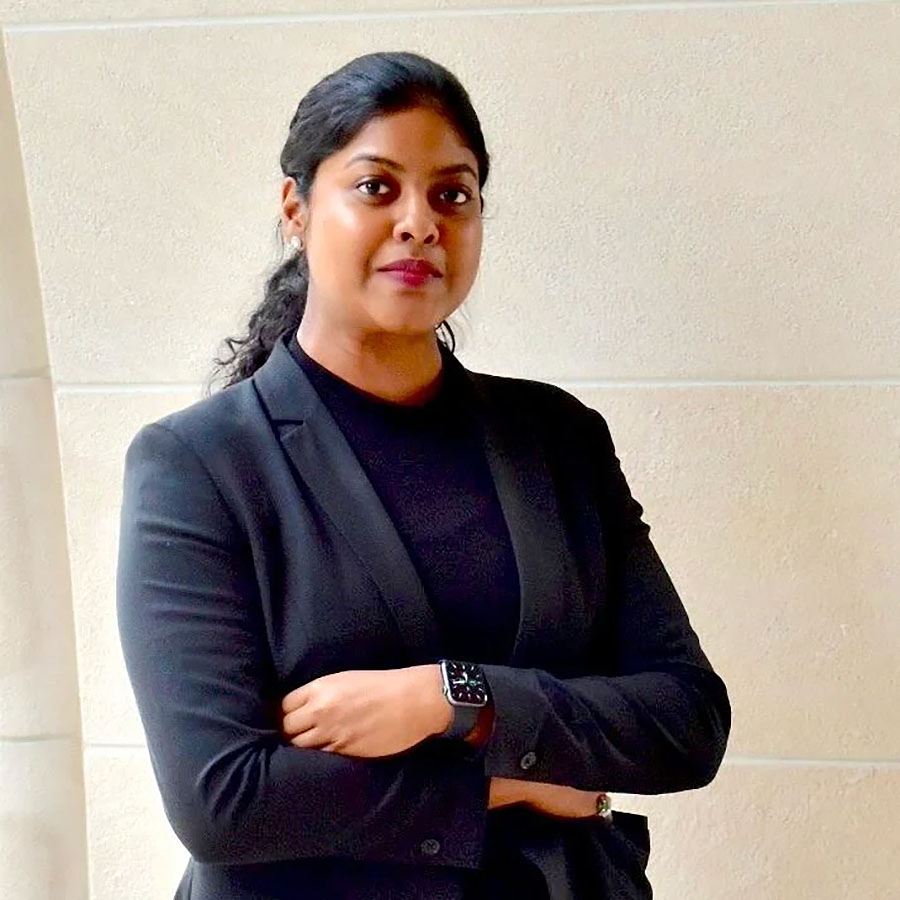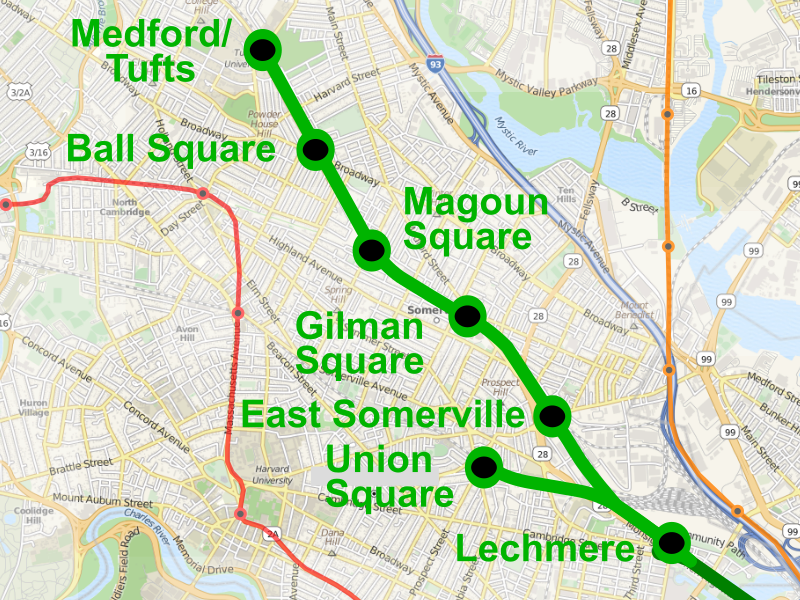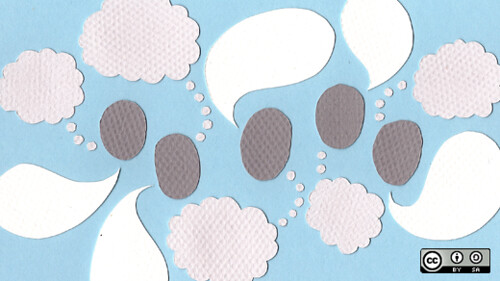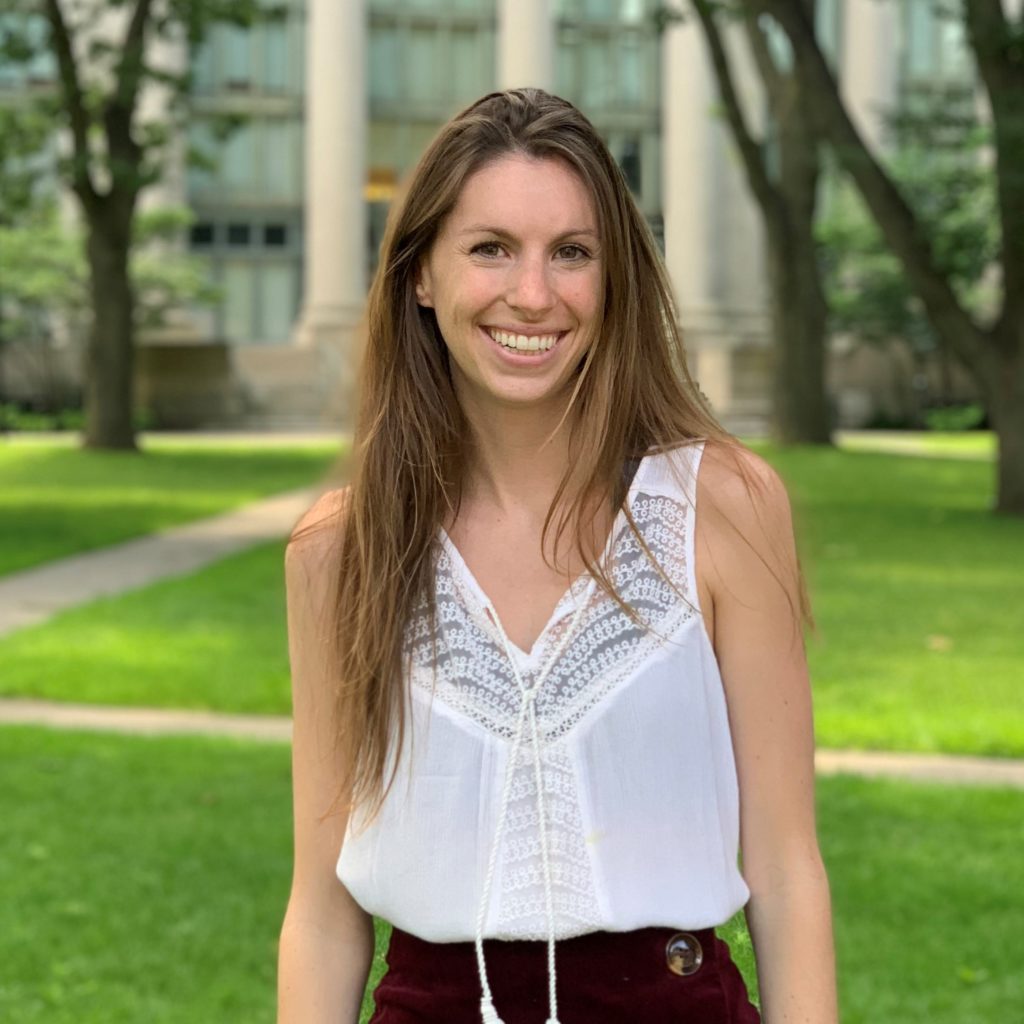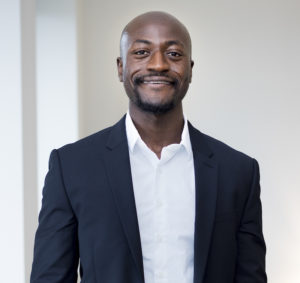
HNMCP: You created and now host Convergence, HNMCP’s podcast on technology and dispute resolution. How did you become interested in the intersection between these two fields?
Oladeji Tiamiyu: So I try to start these types of conversations venerating indigenous communities and ancestors, especially in Massachusetts where I work. I’ll take a second to do that. Okay, my interest in this area. So one of my favorite authors is Michio Kaku. Reading his books over the last decade has piqued my interest in the possibilities and shortcomings of what applied science and technology can bring to many facets of our lives. Then one of the leading motivations for going to law school was to figure out better ways of resolving disputes. I spent a few years in undergrad working with incarcerated populations in Ohio, and it really emotionally impacted me how inequitable the “justice” system is. So many people relegated to second-class citizenship for trivial, low-level drug offenses that are now perfectly legal in many parts of the country. Very troubling. So I came to law school recognizing that orthodox approaches to resolving disputes were not the way to go. And I still remember re-reading Michio Kaku, being enamored with his creative thoughts, and skipping criminal law readings when I was a law student because I was actively looking for ways to disrupt these orthodox systems! So to me, technology is a tool for disruption. That’s what attracts me to this field.
HNMCP: How do you see tech facilitating dispute resolution?
OT: I would reframe that question as tech disrupting dispute resolution—or at least disrupting historical approaches to dispute resolution. I view tech as a democratizing force. Thanks to technology, the fact that someone in Senegal or Colombia can take a class on Coursera or HBS Online about any topic at any moment in their life, that excites me. If we are honest with ourselves, the outcomes of orthodox dispute systems have been disturbingly inadequate for promoting greater equity and understanding between groups. The fact that technology can provide greater flexibility to people to manage their disputes excites me. An hourly worker should not have to spend hours commuting to court when they can get on Zoom in a seamless fashion. That technology can bring the courts to the people, rather than parties going to courts, and that alone should be something we strive for. Yet there are reasonable minds merely trying to use technology to facilitate or streamline, rather the disrupt, dispute systems. So I’m probably very out on the curve exploring those technologies that can disrupt orthodox approaches so that a generation from now there can be more equitable outcomes and more optionality than in the prior generation. There are other technologies that allow for decentralized justice or crowdsourced decision-making to empower a wider variety of voices. That too excites me. So there’s a long list of ways tech can disrupt orthodox dispute systems. The real question will be whether the fears of some individuals with a strangle-hold on current systems of power will supersede the ability for technology to empower a wider group of parties that have historically been excluded from “power” and decision-making. That, to me, is the real question. If my aspirations are satisfied, and fears are ultimately reduced, then we will see greater experimentation with technology in these systems.
HNMCP: Where do you see the fastest growth in the intersection between technology and dispute resolution?
OT: More tools for self-empowerment. That’s where the party’s at. Just like how Facebook or Uber empowered a wider group of people around the world, the real growth in dispute resolution will be from technologies that empower a wider group of people. It isn’t just about resolving disputes; it is also about managing disputes through preventive approaches. Tech-based systems that empower a broader group to prevent future disputes from occurring—that is where the real growth will come from. And I am excited about that because knowledge has historically been siphoned off for a limited number of people in a disturbing manner. There’s going to be an entrepreneurial law student at Harvard Law or the University of Minnesota Law who is exasperated with these orthodox systems and finds a way to empower more voices in law and legal decision-making with technology. The day will soon come. This feels inevitable.
HNMCP: What impact do you think the pandemic has had?
OT: I would add not just the pandemic, but also the blossoming of a few social movements during the pandemic. These variables overlapped the past year and a half. Both have had and will continue to have a strong impact on dispute resolution. Whether you are in West Virginia dealing with the opioid crisis or social activists throughout the country witnessing the State-sanctioned killing of innocent Black people, I think more and more people are recognizing that orthodox systems need to be disrupted, or else. What are restorative processes we can implement to promote healing and understanding? What is technology’s role? That’s a live question, and definitely something Convergence is uniquely situated to explore. How can technology be used to promote reconciliation between superficially separated communities? Last year, I wrote a short article about newly “created” truth and reconciliation commissions in three American cities. What has happened with those commissions? Not much. So what is technology’s role? I’m not all that sure, but I am pretty sure that technology allows for greater accountability because the digital footprint about all of those aspirations are out there. I am not an oracle and don’t know what the future holds, but if these commissions are ever operationalized, I believe technology can and should be used to promote greater transparency. So for those of us wanting broad transformations in our society, technology will likely be an important part of the conversation; we can’t keep trying the same thing while expecting a different result.
HNMCP: It sounds like you see technology disrupting current models of dispute resolution to further promote justice. In what ways, if any, could technology hold back effective dispute resolution systems?
OT: This is such an important question. It is easy to be a tech optimist when witnessing the compounding benefits technology has brought into our lives. Just imagine how radically different the past 20 months would have been in the absence of modern technology. Yet we need to be tech realists, too, and technology undermining justice is typically linked with poorly designed systems that are under-inclusive of stakeholders. There’s the old Silicon Valley mantra, ‘ask for forgiveness, not permission,’ and when we are dealing with matters of justice, that mantra becomes even more problematic. So, for instance, we see that with algorithms supporting legal professionals in dispute resolution, a leading concern is the extent these algorithms embed worrisome historical societal norms. Here I have to cite Ariel Eckblad’s In Pursuit of Fairness where she discusses the need for justice-oriented negotiators to explore and question embedded norms during the negotiation process. Ignoring norms that are encoded within an algorithm can by highly problematic for disputants, especially for those groups that have experienced inequitable outcomes with orthodox dispute systems. To avoid biased outputs from algorithms, we really need more interdisciplinary conversations between technologists, tech ethicists, and ADR practitioners so that we can harness the promise of algorithmic-supported dispute resolution without exacerbating inequities. Another, more granular, example can be seen with the wide-scale adoption of facilitative technologies for resolving disputes. The access to justice benefits have been significant since parties have greater flexibility, yet frameworks that default to using facilitative technologies can overlook the millions of Americans with limited access to reliable internet. From these two examples alone, we can appreciate the duality with technology: these tools inevitably produce good and bad outputs. Yet I think policymakers and legal professionals, with their issue-spotting disposition, should be willing to experiment then re-assess what is working and what is not working. The forced experimentation of the pandemic, particularly through the use of facilitative technologies like Zoom, has produced significant benefits for disputants and dispute resolution professionals alike. Yet we shouldn’t rely on a pandemic to experiment with disruptive technologies. I always say that complacency is the enemy of progress and that certainly applies here.
HNMCP: What aspects of technology and dispute resolution do you feel merit more attention?
OT: Understanding the needs and interests of non-coastal regions. The extent that these regions want to use tech in dispute resolution or would benefit from more technology-integrated dispute systems still is a grossly under-represented perspective. I’m biased because my allegiances are with The Great Lakes! Still, the broader issue with technology is that Silicon Valley, and a select few people there, have such a strong influence on how technology is being designed and used. When these technologies are being used to resolve disputes and hopefully promote justice, considerations of the needs and interests of a broader group of regions and stakeholders becomes even more important. Someone in rural Mississippi or in urban Detroit has just as much at stake in how dispute resolution develops in comparison to a venture capitalist or software developer in San Francisco. There needs to be more dialogue there and reporting on how these broader perspectives change the orientation of technology and dispute systems.
HNMCP: “Convergence” explores many ethical and practical dilemmas in tech, including AI bias, data privacy concerns, and access issues. Why should today’s mediators, negotiation coaches, and dispute systems designers be concerned with these challenges?
OT: Disputants need greater optionality in resolving their disputes. I don’t think we have appreciated enough the nuances between and within different socioeconomic groups in relationship to dispute systems, so increased optionality can allow for more responsive systems to these interests. In aspiring to provide more optionality supported with technology, these issues around AI bias, privacy, and accessibility will be paramount. Experimentation with new dispute resolution systems will require intentionality to avoid or limit worrisome outcomes or exacerbating the inequities present with current dispute systems. This is the time for law students to register en masse for the Dispute System Design Clinic or the Cyberlaw Clinic as they will benefit from experiential learning that empowers them with the skills to think through these challenges that will define the future of the legal profession.
HNMCP: Okay, time for a lightning round: You’ve released six episodes of “Convergence” now. What have you learned that’s surprised you?
OT: Hope is not lost.
HNMCP: How do you go about choosing interviewees for the podcast?
OT: Whoever is quirky and is not an absolutist in their beliefs—these are the people on my short-list. Sadly, that’s actually pretty restrictive criteria!
HNMCP: What topics have you not explored yet that you’d like to explore on the podcast?
OT: The relationship between science-fiction, dispute resolution, and technology gets me curious.
HNMCP: What other projects on your plate—tech-related or otherwise—are you particularly excited about right now?
OT: I’ve been a negotiation coach at Harvard’s Innovation Lab to start-ups focused on addressing climate change challenges. There is an immense amount of creativity these founders are using to solve perhaps the greatest threat to life on Earth. They come to me to problem-solve, yet I often find myself more inspired by them than anything else.
HNMCP: If you could broadcast a message to the ADR community about technology in one sentence (sorry for the challenge!), what would it be?
OT: Technology-driven change is coming to our community so the more dialogue we have, the more likely we can avoid harmful outputs while still harnessing the benefits. How’d I do?
HNMCP: Amazing!



